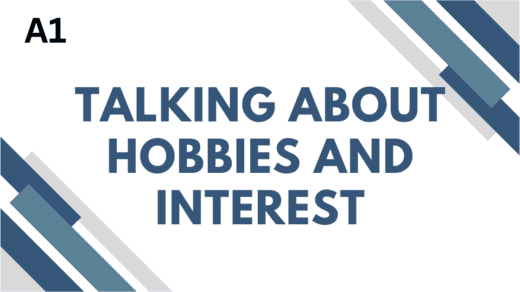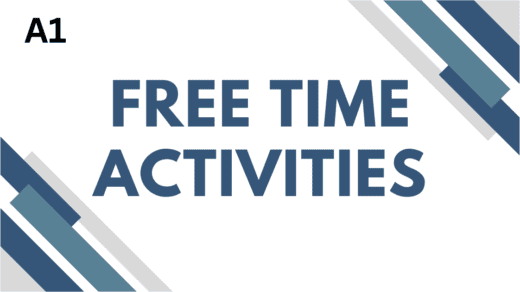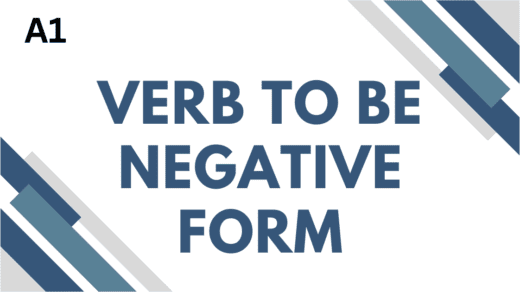What are Possessive Pronouns?
Possessive Pronouns are words that show ownership or possession. They are used to indicate that something belongs to someone or something else. For example, “This is mine” means that the thing belongs to the person speaking. Possessive pronouns are an essential part of the English language and are used in various contexts.
Examples of Possessive Pronouns
Here are some examples:
- I, you, he, she, it, we, and they can become their possessive forms when they express ownership.
- For I and we, the possessive forms are mine and ours.
- For you, the possessive forms are yours.
- For he, she, and it, the possessive forms are his, hers, and its.
- For they, the possessive form is theirs.
Also consider these examples:
- Possessive Adjective + Noun: “This is my book.” (The possessive adjective “my” modifies the noun “book.”)
- Possessive Pronoun: “This book is mine.” (The possessive pronoun “mine” replaces “my book” and indicates ownership.)
The core function of possessive pronouns is to answer the question “Whose?” They clarify who owns something, eliminating the need for repetition and creating more fluent sentence structures.
Forms of Possessive Pronouns:
English has seven possessive pronouns, each corresponding to a personal pronoun:
| Personal Pronoun | Possessive Pronoun | Example |
|---|---|---|
| I | Mine | “The car is mine.” (The car belongs to me.) |
| You | Yours | “Is this pen yours?” (Does the pen belong to you?) |
| He | His | “This is his computer.” (The computer belongs to him.) Note: “His” is used for both possessive adjective & pronoun. |
| She | Hers | “The red bag is hers.” (The red bag belongs to her.) |
| It | Its | Rarely used as a possessive pronoun; “its” is usually used as a possessive adjective only. |
| We | Ours | “That house is ours.” (The house belongs to us.) |
| They | Theirs | “The responsibility is theirs.” (The responsibility belongs to them.) |
How to Use Possessive Pronouns
Possessive pronouns are used in the same way as other pronouns. They can be used as the subject or object of a sentence, and they can also be used as the complement of a verb or a preposition.
Examples of Possessive Pronouns as Subjects and Objects
- As a subject: They can complete the meaning of a linking verb (e.g., be, seem, become).
- Mine is a beautiful car.
- Yours is an excellent idea.
- As an object: They can receive the action of a transitive verb.
- I saw mine car in the parking lot.
- This is yours.
Examples of Possessive Pronouns as Verbs and Prepositions
- As a verb:
- This is mine.
- This pen is mine.
- As a preposition:
- “This gift is for yours and mine.
- This is the pen yours friend gave me.
Using Possessive Pronouns in Different Tenses
Possessive pronoun can be used in the present, past, and future tenses.
Using Possessive Pronoun in the Present Tense
Possessive pronouns are commonly used in the present tense. For example:
- This pen is mine.
- These are yours.
- This car is his.
- This book is hers.
- These are ours.
- This is theirs.
Using Possessive Pronouns in the Past Tense
Possessive pronouns can be used in the past tense as well. For example:
- That was mine.
- Those were yours.
- That was his.
- That was hers.
- Those were ours.
- That was theirs.
Using Possessive Pronouns in the Future Tense
Possessive pronouns can also be used in the future tense. For example:
- That will be mine.
- Those will be yours.
- That will be his.
- That will be hers.
- Those will be ours.
- That will be theirs.
Understanding the Possessive Pronouns in Plural Forms
When a possessive pronouns is used in a plural form, it can become more complex. For example, if you want to express that something belongs to several people, you can use possessive pronouns like ours, ourselves, theirs, and theirselves. However, these pronouns are not as commonly used as the singular forms.
Examples of Possessive Pronouns in Plural Forms
- This car will be ours.
Using Possessive Pronouns in Plural Forms in Different Tenses
Possessive pronouns can be used in the present, past, and future tenses in plural forms. For example:
- This car is ours now. (present tense)
- That car was ours then. (past tense)
- That car will be ours in the future. (future tense)
Understanding the Possessive Pronouns in Compound Sentences
Possessive pronoun can be used in compound sentences. When you want to express that something belongs to one person or group but is being used by another, you can use possessive pronouns like my, your, his, her, its, our, or their. These pronouns can also be used in compound sentences to express that something belongs to one person or group but is being referred to differently.
Examples of Possessive Pronouns in Compound Sentences
- I saw my car in the parking lot, but it belongs to him.
- Your pen is on the table, but it’s mine.
- His book is on the shelf, but it’s actually hers.
Common Confusions and Pitfalls:
Mastering possessive pronouns requires careful attention to detail, particularly in distinguishing them from possessive adjectives and other homophones (words that sound alike but have different meanings and spellings):
- Possessive Pronoun vs. Possessive Adjective: The most frequent error is confusing them. Remember:
- Possessive Adjectives (my, your, his, her, its, our, their) always modify a noun.
- Possessive Pronoun (mine, yours, his, hers, ours, theirs) stand alone and replace a noun phrase.
- Incorrect: “That is my car. Mine car is blue.”
- Correct: “That is my car. Mine is blue.” (This is a common grammatical mistake; the correct sentence would be: “That is my car. Mine is blue.” is gramatically wrong. Instead use: “That is my car. Mine is blue.”)
- Correct: “That is my car. Mine is blue.” (Using the pronoun to avoid repetition)
- “Its” vs. “It’s”: This is a very common error due to the sound similarity.
- “Its” is the possessive adjective.
- “It’s” is a contraction of “it is” or “it has.”
- Incorrect: “The dog wagged it’s tail.”
- Correct: “The dog wagged its tail.”
- Incorrect: “Its raining.”
- Correct: “It’s raining.”
- Subject-Verb Agreement (with ours, yours, theirs): Although these pronouns can stand alone, they still represent a plural noun (e.g. ours refers to our things). Ensure subject-verb agreement is maintained.
- Example: ” Ours are bigger than theirs.” (The implied subject is plural: “Our things…”)
- Avoiding Ambiguity: Sometimes, using a possessive adjective + noun is clearer than using a possessive pronoun, especially if the context is complex. Strive for clarity.
- Less clear: “He prefers hers.” (Whose preferences?)
- More clear: “He prefers her suggestions.”
Practice Makes Perfect: Exercises
To cement your understanding, let’s practice:
Exercise 1: Identify the Possessive Pronoun
- The victory was theirs.
- Is this umbrella yours?
- That beautiful painting is hers.
- This house is ours.
- He thought the error was mine.
Answers: theirs, yours, hers, ours, mine
Exercise 2: Correct the Sentence (Rewrite with a Possessive Pronoun where appropriate)
- That is my book. My book is on the table.
- The cats each have a bowl. Their bowl is full.
- She has a car, and I have a car. Her car is red.
- The team’s success is the team’s pride. Their pride will be short-lived.
- This is not your fault; it is your problem.
Answers:
- That is my book. Mine is on the table.
- The cats each have a bowl. Theirs is full.
- She has a car, and I have a car. Hers is red.
- The team’s success is the team’s pride. Theirs will be short-lived.
- This is not your fault; it is yours.
Some Tips To Study Possessive Pronouns:
1.First, familiarize yourself with the definition and function of possessive pronoun (e.g., mine, yours, his, hers, its, ours, theirs) by reading introductory materials or grammar guides.
2.Next, create flashcards that display each possessive pronoun on one side and an example sentence on the other to reinforce learning through repetition.
3.Then, practice by filling in the blanks in sentences with the correct possessive pronoun, focusing on understanding context.
4.Finally, test your knowledge by participating in online quizzes or discussing the concepts with a study partner to enhance retention.
Conclusion
Finally, possessive pronouns play a crucial role in the English language, helping us express ownership, possession, and relationship between objects. So by understanding the various forms and uses of them, you can express yourself more clearly and avoid confusion in your writing and communication. This comprehensive guide provides a detailed explanation of possessive pronouns, including their forms, uses, and examples, to help you master this fundamental aspect of the English language.




